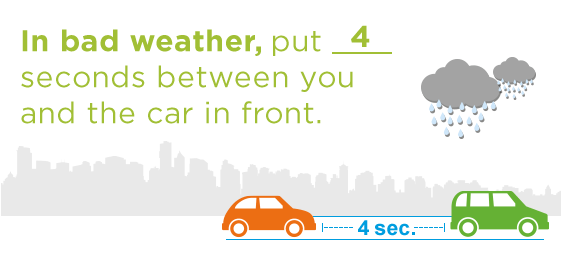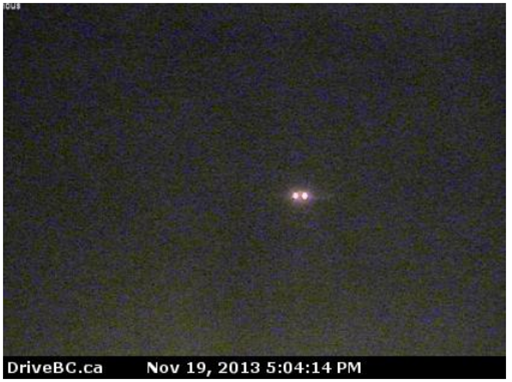
We have talked a lot about driving in winter conditions and for the most part when we say “winter conditions”, we mean snow and ice. But for a large percentage of British Columbians (those who live on the wet, west coast of the province), winter driving means water, water, fog and more water. So we put together some tips to help you stay on track when things get wet out there.
“The Wipers on the Car go Swish, Swish, Swish”
One of the easiest things you can do to prepare yourself for driving on the Wet Coast is to make sure your windshield wipers are in good working condition. When those clouds open up to pour water on you, the wind gusts complicate that water even further and you find yourself behind a large vehicle, you’ll be glad you checked them for cracks and damage.
How to Get Ahead while Hydroplaning
Hydroplaning is the temporary loss of steering or braking control when a layer of water comes between your tires and the road. When rain falls heavily and/or for long periods of time (often the case on the coast of B.C.), water sometimes pools or ponds in large puddles on the road before it can drain away. A hydroplaning vehicle, therefore, is literally skating across the water. You might encounter these pools with little or no warning, but thankfully there are some things you can do to be prepared.
- Slow down! Tires lose traction at higher speeds, so slower speed means more traction.
- Just keep steering, steering, steering in the direction you want to go. Steering through the loss of control will help make sure you are headed the right way when your tires gain traction again.
- Take it off cruise. While cruise control can take a load off on longer trips, avoid the temptation to cruise in wet weather. Cruise control cannot tell the difference in road surface types, will keep accelerating, and make it hard for you to regain control of your vehicle. Not a good thing.
When the Fog won’t Lift
Sometimes, on the Wet Coast, water comes in the form of very, very low lying cloud, also known as fog. Driving in fog requires extra special care and attention. Some vehicles come equipped with fog lights, but not every car has them. Whenever it’s foggy, day or night, turn on your vehicle’s front headlights and your taillights. This will ensure you can be seen coming and going in even thick pea soup style fog. A friendly reminder about high beams: please don’t use them in fog — they bounce back at you, which makes it even harder to see.

The Heart of Darkness – “The horror! The horror!”
On the Wet Coast, a wet night is a dark night; clouds and rain work together to make driving a dreary situation for motorists. Don’t panic remember to stay bright! Make sure your windows are clean inside and don’t forget to check your headlights (and tail lights too). If there is one benefit to snowy winter driving conditions, it might be the brightness that comes along with it. Snow on the ground reflects light, and when visibility is clear it can actually help motorists see their way.

Driving in High Winds
Have you ever felt like you were driving a sailboat because of such strong crosswinds? It can be quite disconcerting. A few actions you can take to drive safer in high winds.
- Keep both hands on the wheel
- Watch for debris on the road
- Avoid using cruise control
- Be prepared for sudden changes in wind strength (i.e. underpasses, tunnels, next to large vehicles)
Now that you know what sort of things you can do to be prepared for wet winter driving, we thought we would share a couple of ways we’re making your travels safer in poor driving conditions. In some places, we’ve recently installed “smart signs” to notify you when conditions are poor and when to slow down, dynamic message signs share up to the minute information about road conditions ahead and, as always, DriveBC is the ultimate traveller information guide to help you know before you go in rain, sleet, hail or snow. Safe travels!
in bc the main rereason speed so just slow done live happy life.
For seconds is not enough between cars. One car length for every 10 miles an hour. I learned before everything went metric, but it us still true today.
Thanks for sharing your tip with us Sylvia!
Yes! Exactly what I learned and four seconds is not enough even in good conditions but especially in poor conditions. Just be prepared for those people who will merge in front of you in your safe distance space. In addition, please folks do not merge back into the right lane too soon in front of the car you just passed. It is unsafe and in wet weather can cause the spray to cause decreased visibility and white out.